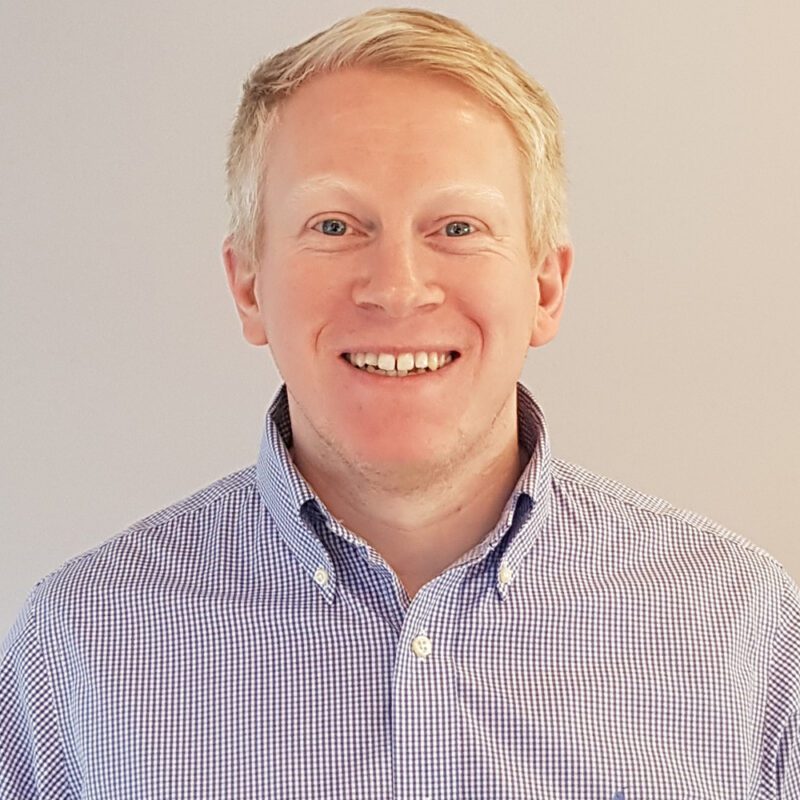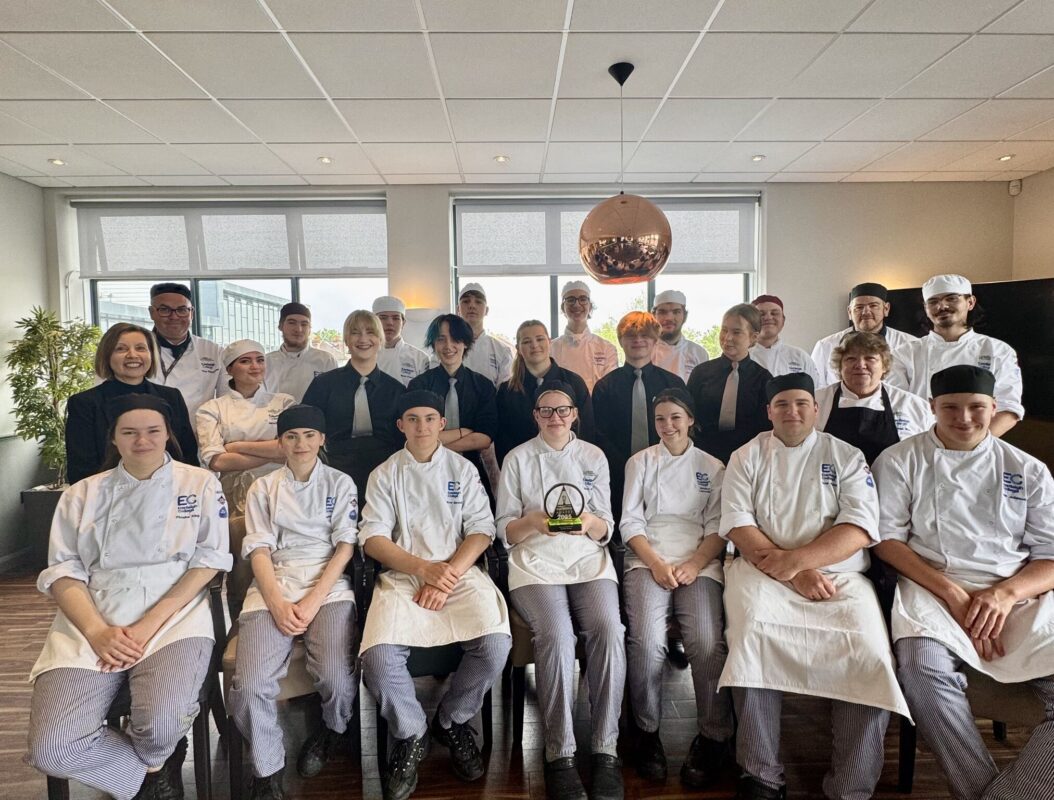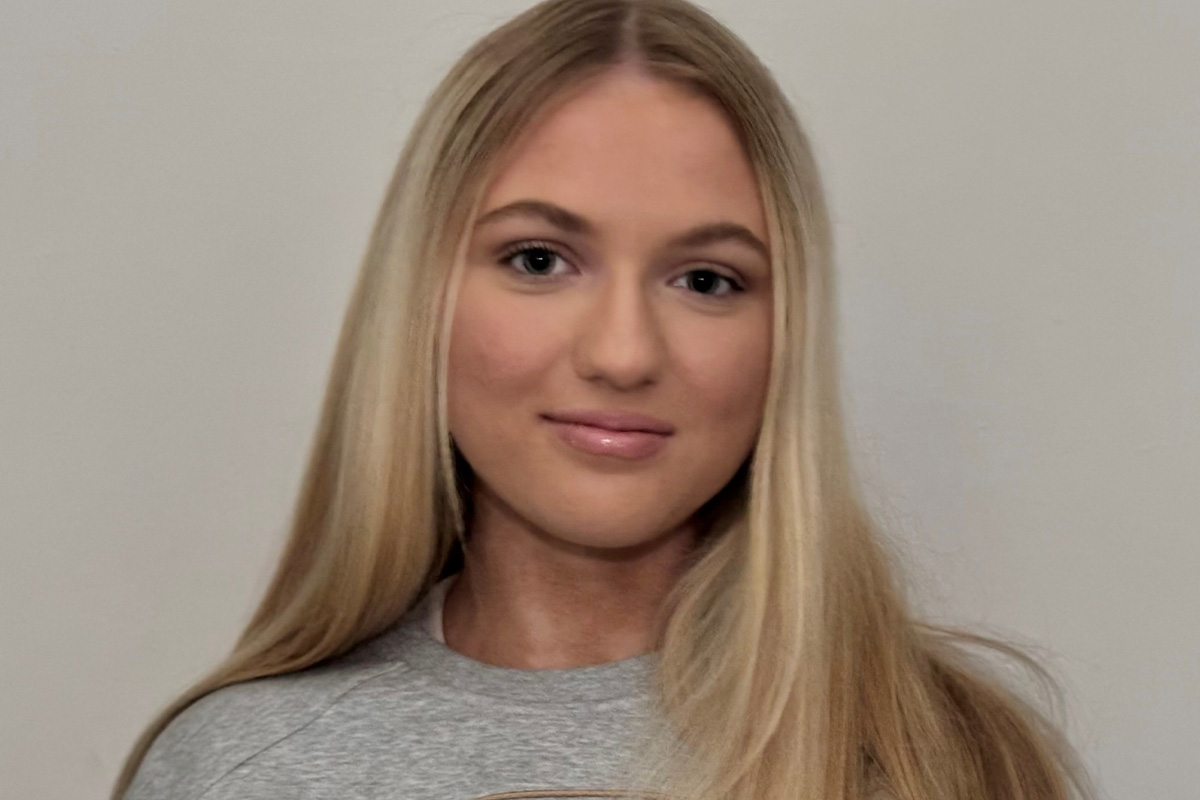Why sufficiency and authenticity are key to QTLS success

Andrew Dowell, Head of Professional Status and Standards at the Education and Training Foundation (ETF), explains how sufficiency and authenticity are the key words to be successfully awarded Qualified Teaching and Learning Skills Status (QTLS).
The biggest thing we have tried to focus on when it comes to improving the QTLS process is how can we improve the participant experience for practitioners in the Further Education (FE) sector. We want to make the experience as impactful as possible so that people say they have enjoyed their Continuing Professional Development (CPD) and can recommend the journey to other people.
Participants undertake a period of professional development that leads to a professional status called QTLS. It’s self-guided and it’s forward looking. You won’t be given many specific deadlines (other than the two weeks we give you to demonstrate you’re eligible for the programme and observations at the start and end of the process); however, we do offer guidance on milestones to help you progress. We’ve also put additional information in the Knowledge Base, which can be accessed in the portfolio. This online guidance gives participants advice on how to can make the most of the support and resources we make available.
Additionally, the portfolio has a forum where we can post useful information and members can connect with one another, along with a help button which allows emails to be sent directly to the team. We also offer regular live webinars to help answer any questions and give participants the opportunity to connect with other members – and these are also available on demand. Having listened to feedback from previous cohorts, we are due to launch a new Technical Knowledge Base. This will explain in more detail how navigate around the portfolio, from editing, to accessing drop-down menus.
What does QTLS involve?
The QTLS programme takes six months to complete, from the point the portfolio is issued, to the point it is submitted. Portfolios are looked at by a team of highly skilled, trained individuals, many of which had been through QTLS themselves. They don’t mark the portfolio, because it isn’t a qualification, but they will review its content and provide statements and feedback on the authenticity and sufficiency of the portfolio content.
There are two outcomes to a portfolio submission: ‘Awarded’ or ‘Criteria not met’. In order to be successful, there are two words which are key to the programme. One of the words describes whether a participant has gone into enough detail around their journey and is “sufficiency”. Another word is “authenticity”. In fact, the best advice I can give people undertaking QTLS is to be honest. We also see participants who will score themselves six out of six on every statement in the Professional Standards self-assessment tool, but even an advanced teacher doing Advanced Teacher Status (ATS), may not put six out of six for everything; there’s always room for improvement on every single one of the 20 Professional Standards. Unfortunately, we have also had to bring in an investigation officer to deal with rising cases of plagiarism and ambiguity around referencing of work, and even some cases of members forging certificates.
We often get asked if we can share other portfolios as exemplars or comment on participants progress during the process, but there are two reasons why this isn’t possible. Firstly, it’s difficult for us to comment on individual portfolios throughout the process before you submit, because ultimately, it’s your journey, and everyone’s journeys will look different. Secondly, when we have published previous examples, we ended up with some participants who copied parts of them word-for-word – again, it comes back to the importance of authenticity.
My final piece of advice to anyone who is undertaking QTLS is to not leave everything to the last minute. We receive around two thirds of submissions in the last 48 hours and as we are a small team operating during office hours, this can generate a large number of queries, meaning it can take longer for us to get back to you. However, if you have your observation completed by the deadline we prescribe, it should give you plenty of time to finish your final write up, share your portfolio with your colleague, and get their feedback. Ultimately, we want our SET members to succeed. If they can take advantage of all the support we are offering and remember that their journey is unique to them, there’s every chance of success.











Responses